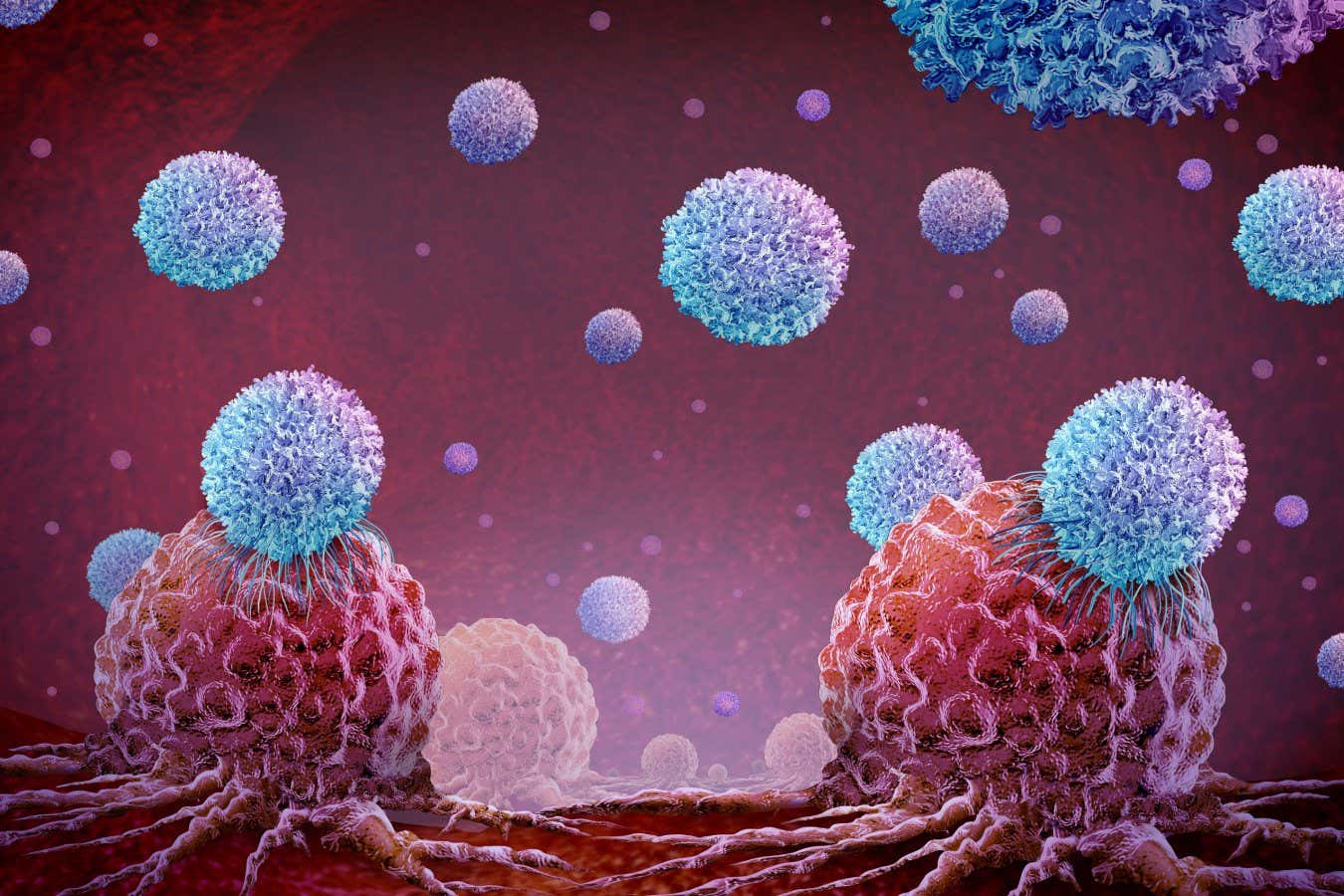The books, TV, games and more that New Scientist staff have enjoyed this week.


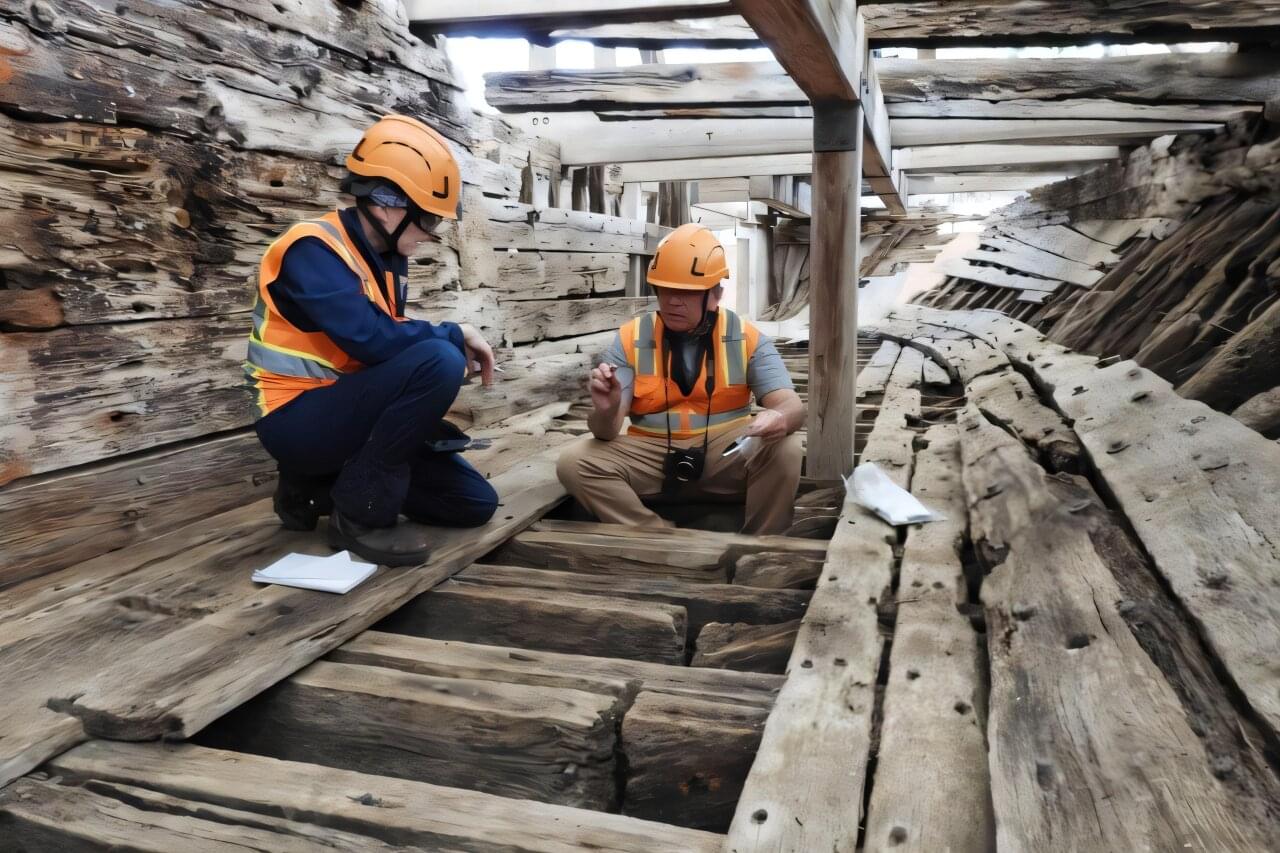
University of Minnesota researchers studied the microbial degradation of the USS Cairo, one of the first ironclad and steam-powered gunboats used in the United States Civil War. Studies of microbial degradation of historic woods are essential to help protect and preserve important cultural artifacts.
Built in 1861, the ship hit a torpedo and sank in December 1862 and was recovered about 100 years later from the Yazoo River. It has been on display at the Vicksburg National Military Park in Mississippi. Although the ship has a canopy cover, it is exposed to environmental elements.
“Continued degradation of this historic Civil War ship is causing serious concerns for its long-term preservation. To determine the appropriate conservation efforts, it is essential to understand the current condition of the wood and the microorganisms causing the degradation,” said lead author Robert Blanchette, a professor in the College of Food, Agricultural and Natural Resource Sciences.


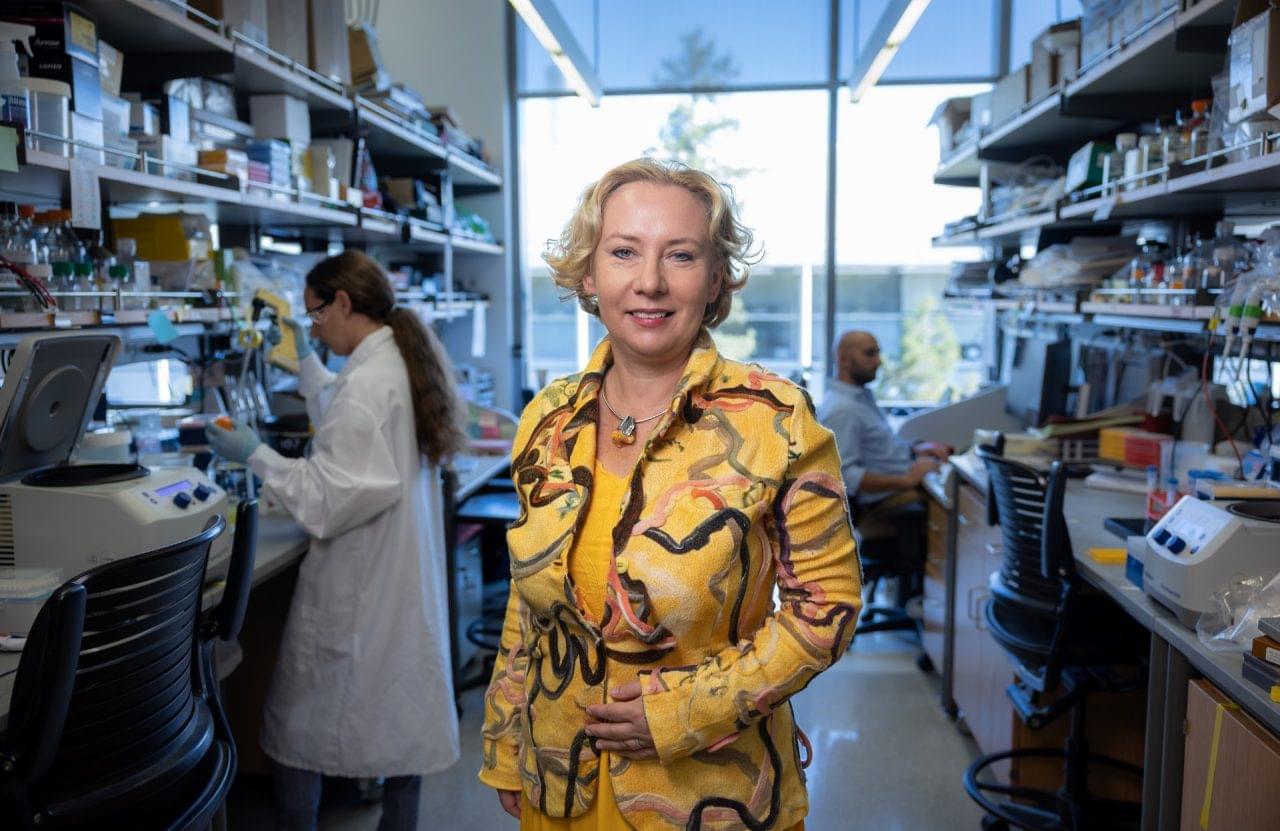
Stanford Medicine researchers found cells that keep a speech-linked protein called FOXP2 from clumping; its tricks could break apart clumps of proteins that cause devastating brain diseases.
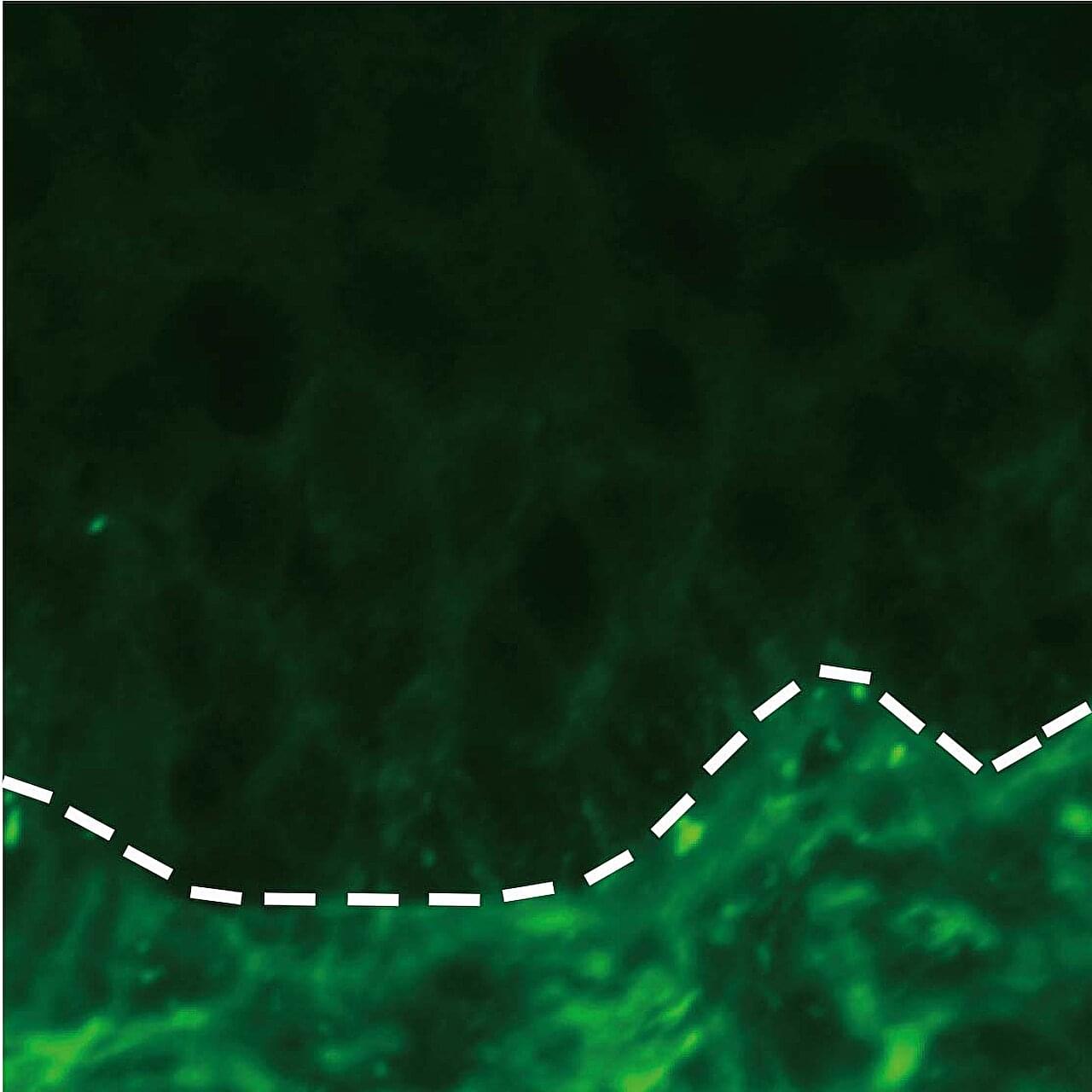
Two teams of researchers have developed a cell reprogramming technology that converts rogue disease-causing T cells from our immune system into protective Treg cells. These cells help ensure that the immune system doesn’t attack the body’s own tissues. The breakthroughs could usher in more personalized and targeted cell therapies for a host of autoimmune diseases.
In the first paper, published in the journal Science Translational Medicine, scientists developed a targeted cell therapy against pemphigus vulgaris (PV). This severe autoimmune skin disease causes blisters and sores.
They took the cells that were causing the disease (Dsg3-specific pathogenic T cells) from mouse models and human patients and converted them into harmless Treg cells. They used specialized chemical tools to switch on a gene called Foxp3, which controls a cell’s ability to help the immune system, and cut off a specific activation signal to prevent the cells from turning back into attackers.
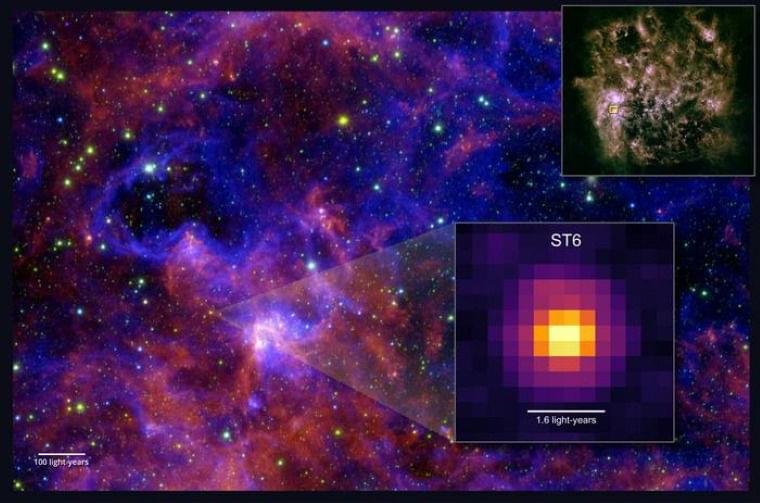
In a breakthrough first, University of Maryland scientists using the James Webb Space Telescope have announced the detection of large, complex, organic molecules beyond the Milky Way.
Often called “seeds of life” because these molecules make up the lifeforms found on Earth, the discovery was made within frozen ice particles around a young protostar, ST6, forming in a distant galaxy.
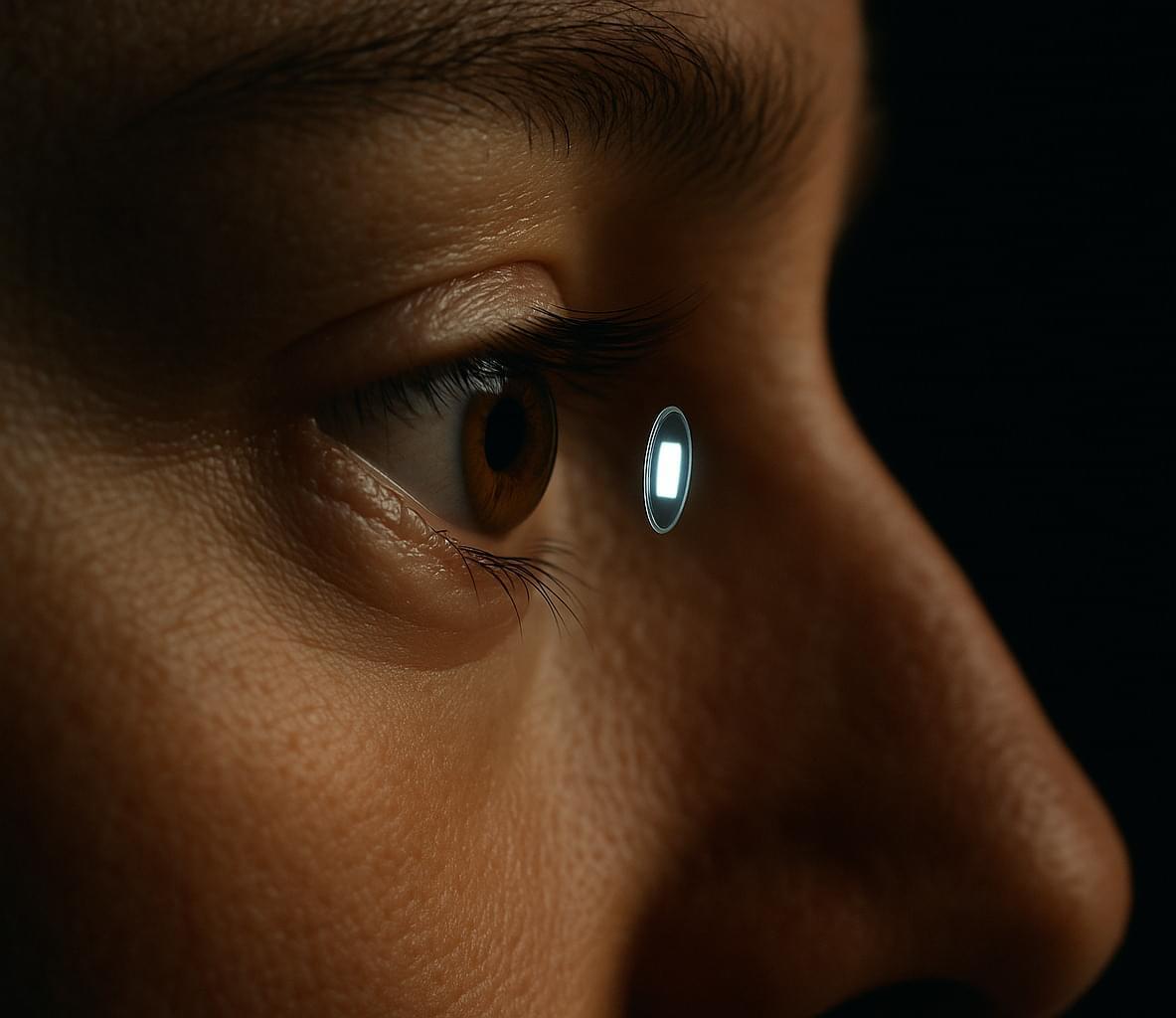
In what could be an industry shifting breakthrough, researchers have created a screen about the size of a human pupil with a resolution that breaks through the limits of pixels. The invention could radically change virtual reality and other applications.
While most video screens such as those on our phones, TVs, and stadium jumbotrons seem to improve in resolution on a monthly basis, there has been an issue in improving the resolution of the tiny screens required in virtual reality apps. The problem is that as the screen moves closer to the human eye, the pixels that comprise it need to get smaller and smaller. Yet, if pixels get too small, their function starts to degrade and the image suffers. On a micro-LED screen, for example, pixels can’t get much smaller than one micrometer wide before losing their ability to render a clear, crisp image.
So instead of relying on pixels, researchers from Chalmers University of Technology, the University of Gothenburg and Uppsala University in Sweden turned to a different technique. They created what they’ve termed “metapixels” out of tungsten oxide, a material that can switch from being an insulator to a metal based on its electrical state. The metapixels reflect light differently based on their size and how they’re arranged, and can be manipulated by an electrical current. In a way, they function much like the pigments in bird’s feathers, which can take on different colors based on how the light is hitting them.
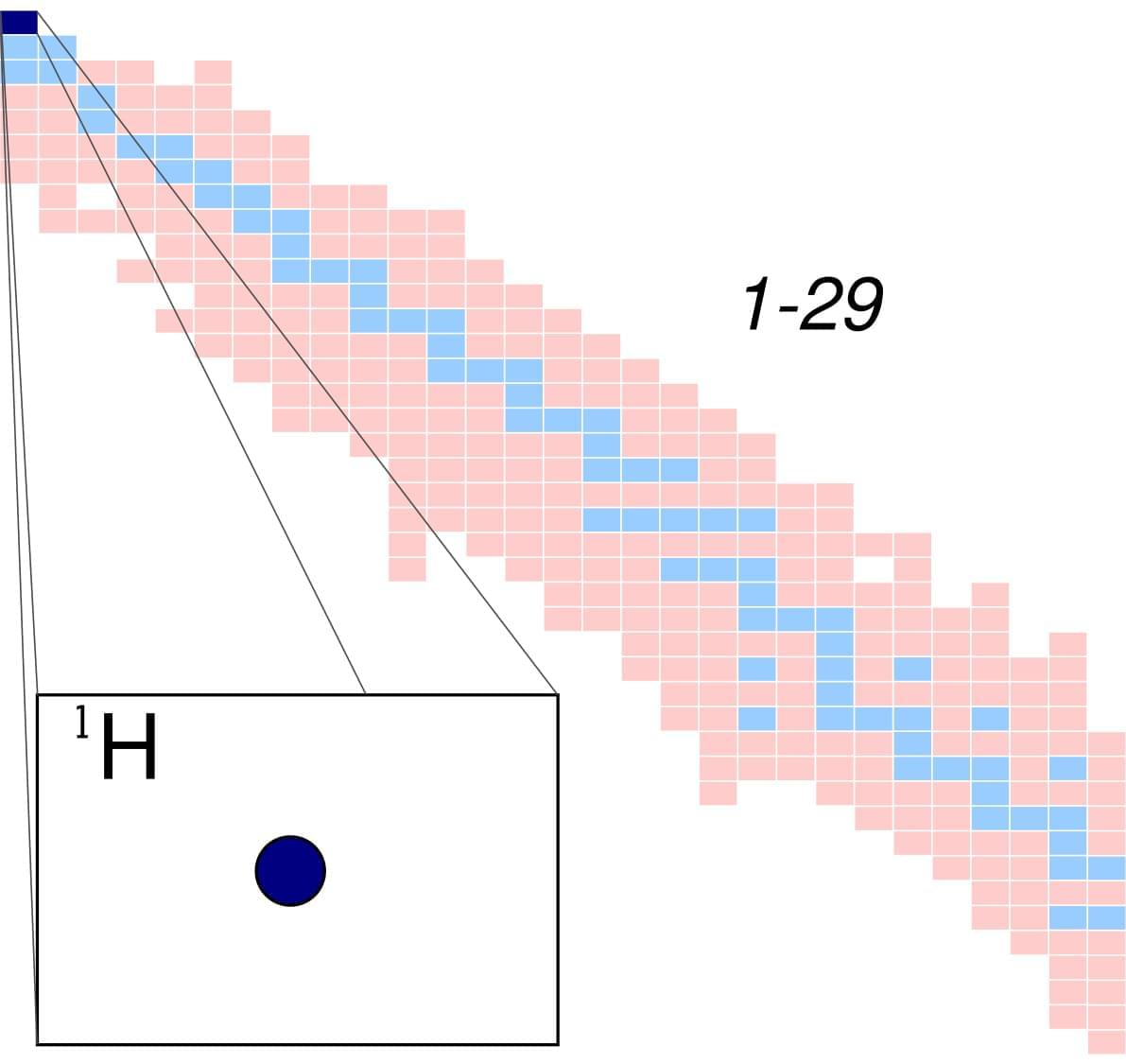
A hydrogen atom is an atom of the chemical element hydrogen. The electrically neutral hydrogen atom contains a single positively charged proton in the nucleus, and a single negatively charged electron bound to the nucleus by the Coulomb force. Atomic hydrogen constitutes about 75% of the baryonic mass of the universe. [ 1 ]
In everyday life on Earth, isolated hydrogen atoms (called “atomic hydrogen”) are extremely rare. Instead, a hydrogen atom tends to combine with other atoms in compounds, or with another hydrogen atom to form ordinary (diatomic) hydrogen gas, H2. “Atomic hydrogen” and “hydrogen atom” in ordinary English use have overlapping, yet distinct, meanings. For example, a water molecule contains two hydrogen atoms, but does not contain atomic hydrogen (which would refer to isolated hydrogen atoms).
Atomic spectroscopy shows that there is a discrete infinite set of states in which a hydrogen (or any) atom can exist, contrary to the predictions of classical physics. Attempts to develop a theoretical understanding of the states of the hydrogen atom have been important to the history of quantum mechanics, since all other atoms can be roughly understood by knowing in detail about this simplest atomic structure.
